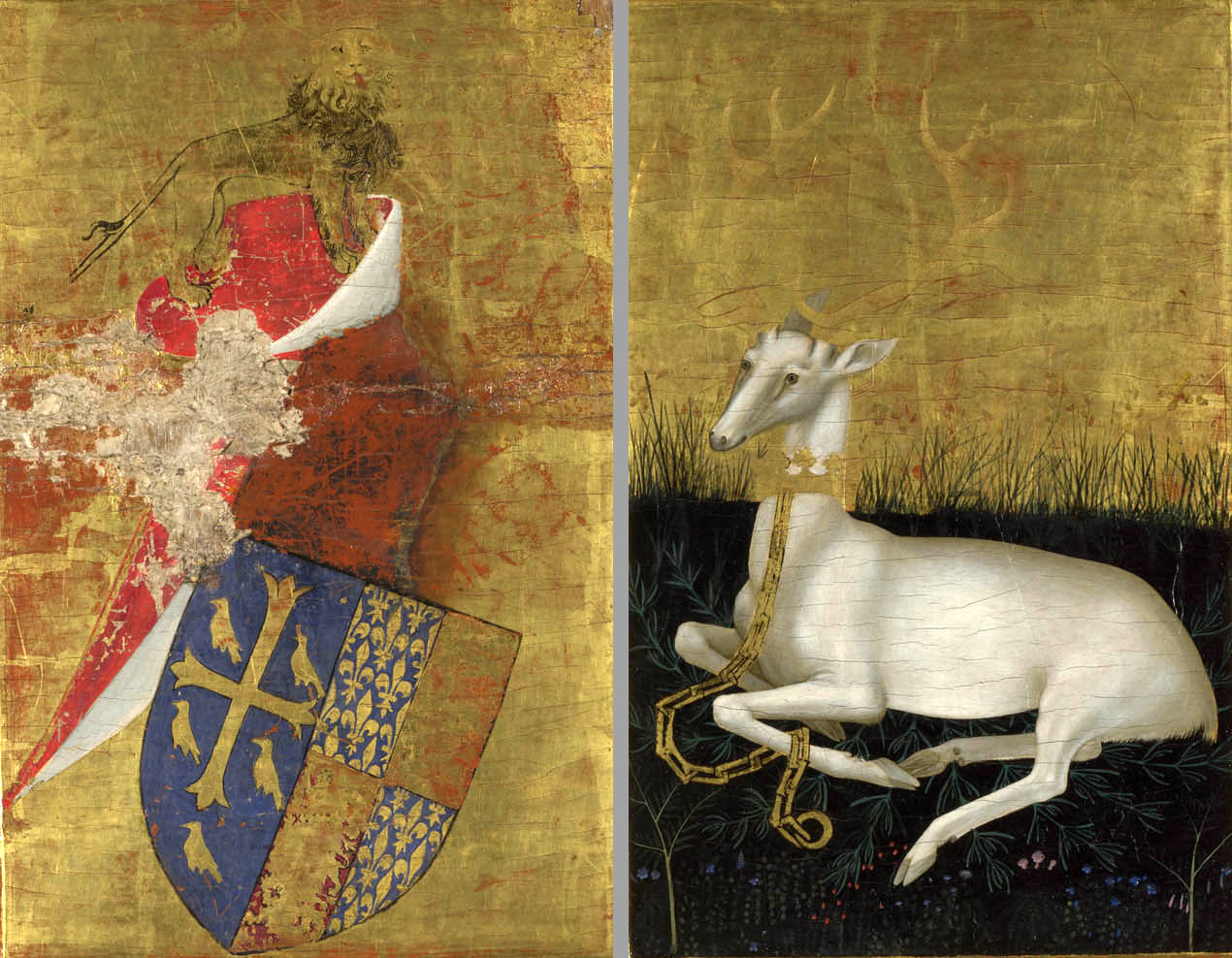
LIFE AS MYTH
![]()
JOURNAL
![]()
JOURNAL 2007
![]()
Following a white hart
Exploring myth & meaning
![]()
AUTUMN 2007
Following a white hart
Index 2007A fool, a cup, and a wounded fisher king
St. Brendan and the mermaid at Clonfert
![]()
LIFEWORKS
![]()
ATLAS
![]()

AUTUMN 2007
A RIDE TO THE OTHERWORLD
The ancient Celtic holiday of Samhain begins at sunset on October 31. Lasting three days, Samhain marks the end of the harvest and the beginning of the "dark half" of the year. According to Celtic mythology, along with the holidays of Beltane (May 1) and Midsummer (June 21), it is a time of enchantment, a time when the veil between grows thin and for three days, both mortal and immortal may pass back and forth between this world and the Otherworld.
Sidhe refers to the earthen mounds that the Celts believed were home to various benevolent supernatural beings, including the fey, the elves, the spirits of Nature and, in later traditions, the Tuatha Dé Danann (the pantheon and immortalized heroes of Irish mythology).
Exterior panel of Wilton Diptych. Egg tempura on oak panels. 1395. The National Gallery, London. In mythology the hart serves as spirit guide or divine messenger. In early Celtic mythology, for example, the appearance of a hart could indicate that the Otherworld was close at hand and that a mortal now stood on sacred grounds. In Arthurian legend, if one encountered a deer in the woods and followed its lead, then the individual immediately embarked on a great adventure.

